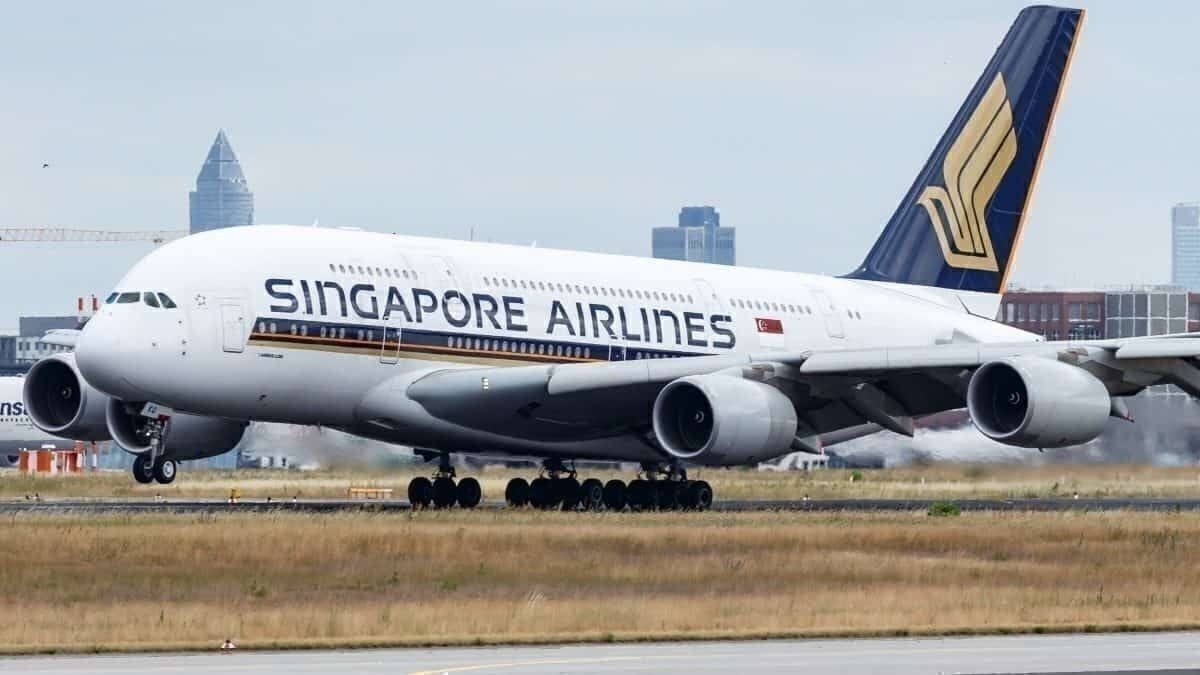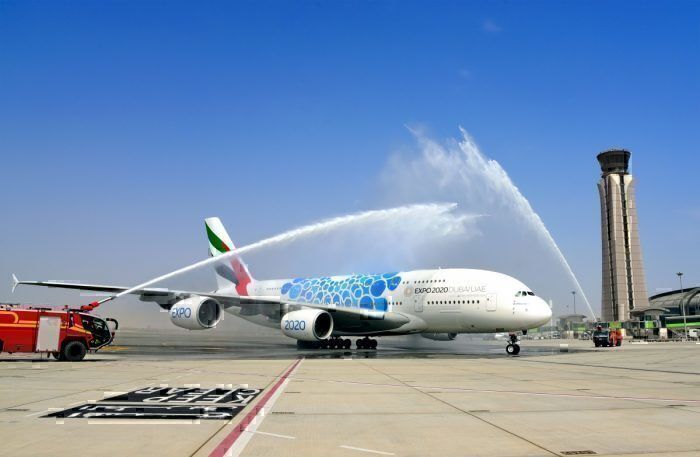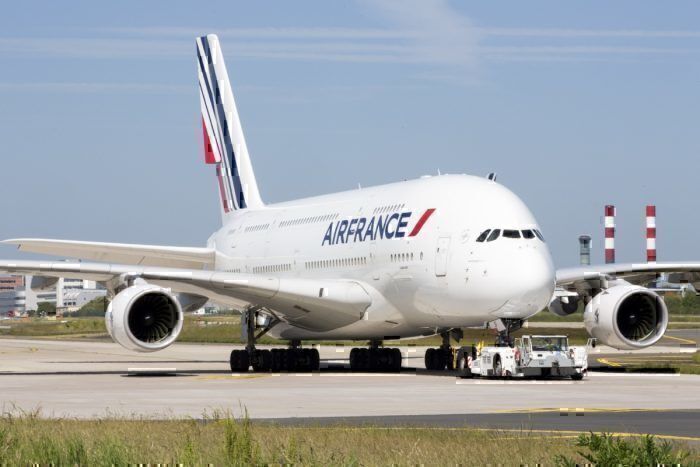An A380 has been found to have cracks in one of its wings, triggering a full investigation of the entire aircraft series.
The European Union Aviation Safety Agency (EASA) has commissioned a special investigation into the oldest 25 Airbus A380 wing outer rear spars (ORS), as the aircraft type passes over a decade in service.
What are the details?
On the 5th July, the EASA issued a directive to airlines to inspect the wingspans of several Airbus A380s, after cracks were found on one aircraft. Airlines with the first 25 A380s to be produced will be asked to go over their aircraft with a fine toothed comb to ensure there are no cracks. Following those results, the EASA might expand the inspections to the entire line of A380 aircraft, 237 aircraft around the world.
These first 25 aircraft are not actually the first 0-25 to be built, but rather the 25 aircraft after the first six prototypes (which are now grounded). Specifically, they are the aircraft with serial numbers 0006 to 0038.
Which airlines are affected?
According to Aviation Week Fleet Data Services, Emirates has the most of these aircraft with nine in their fleet, followed by Qantas, who has six. Both Emirates and Qantas fly into Europe with these aircraft.
Of the remaining aircraft, Singapore Airlines has four, two more are retired, two are with Air France, one with Lufthansa and the last is our very favorite Hi Fly A380.
One of these Qantas aircraft, 0010 actually suffered damage in the past during an engine failure in 2010. It took 18 months to repair and had much of its structure replaced.
Airbus is still putting together an actual inspection plan but has yet to issue a press statement.
"The initial program is in response to “occurrences” of ORS cracks on in-service aircraft, EASA explained. The AD does not say how many aircraft have turned up with cracks." - Aviation Week
What does this mean going forward for the A380?
This directive does not actually ground the aircraft, but simply asks airlines to look very closely at their fleet and to see how widespread this problem is. The EASA has not said which A380 turned up with cracks (so as to not alarm passengers), but it is very likely that it was either one of the prototypes or one of the first 25.
Following the inspections, EASA will follow up with a directive to re-inspect these aircraft every 36 months. If the crack problem is widespread, it is likely that the EASA will expand the inspections and perhaps even ground all A380s (which would be a massive deathblow to an already dying aircraft).
This problem is not linked to the previous A380 wing ribs problem that Airbus fixed a few years ago. The wing-ribs suffered from cracks and required 120 A380s to have their internal wing structure replaced, with the design of future A380s modified to fix this problem in the future.
This story is still breaking and Simple Flying will bring you updates as they happen.
What do you think? Let us know in the comments.



